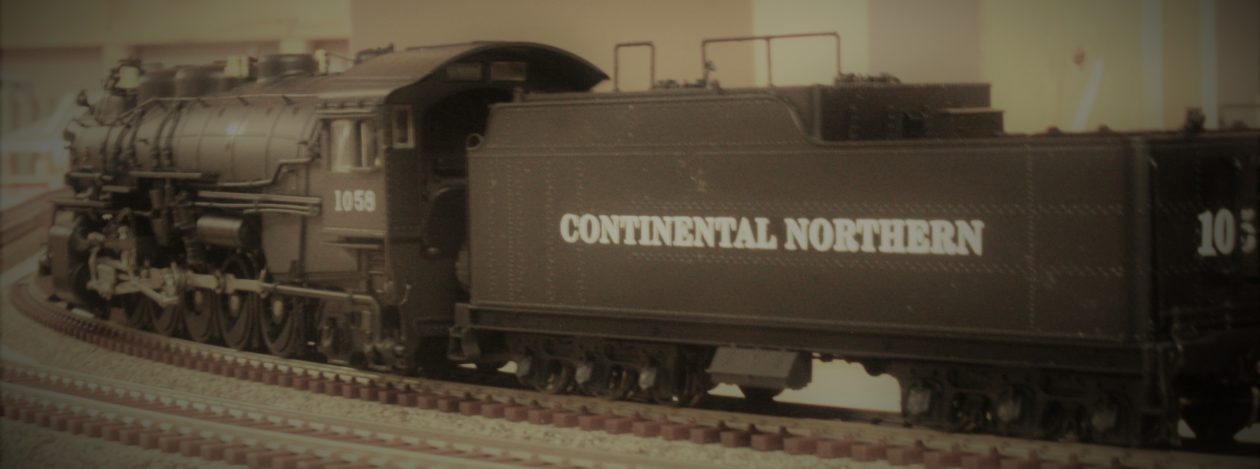Interstate Junction or as it’s also known as “the Junction” exists because of Duluth’s unique geology. Duluth and her sister city, across St. Louis bay, Superior, Wisconsin are at lake level. And while the land south and east of Superior is relatively flat, Duluth is surrounded on the south and west side by a ridge that rises approximately 600 feet. Below is a map of Duluth and the surrounding area.
The yellow line that I drew in is approximately the top line of the ridge. From there it’s a pretty consistent slope to the lake. This situation worked well for the DM&IR as they didn’t have to figure out how to push a loaded ore train up onto a 80ft high ore dock. Rather they could ease the train downhill and then pull an empty train back up. The DM&IR”s tracks did come through a cut in the ridge at about the same place as Interstate 35. This probably saved them 50ft of drop. Even then they still had a 2.2% grade to the docks.
The Northern Pacific also had a line that climbed Proctor hill from the lake side, but I couldn’t find any information on the percent on the grade or how often they used it. Even the DM&IR’s lake side line came in from Two Harbors, 27 miles to the north.
Which brings us to the Junction. Except for NP’s line up the hill and the DM&IR’s line from the north, all other lines came into Duluth from the east/south through Superior, Wisconsin. These included the CMO (Chicago, St. Paul, Minneapolis and Omaha), C&NW (Chicago and Northwestern), The Soo Line, Great Northern, Milwaukee Road and the Northern Pacific. As seen in the photo below, The Northern Pacific, being the first one there was about the only line with a major yard in Duluth. All others are in and around Superior.
So the Continental Northern’s line heading north out New Brighton had to swing east into Wisconsin in order to then swing west back into Duluth. The “Junction” is where double track mainline branches. One branch that heads north and then west, while the other heads east, then north to Superior and Duluth. I have the double track mainline as well as a double ended siding for each mainline track. It then becomes an interchange within the railroad. This section of the layout becomes an industry where cars are dropped off and picked up.
I did it this way because mid Minnesota industry is mainly farming. How many grain elevators and feed mills do you want. It also means that I can run loads that are not necessarily farm related on this section of the road. After all, a little variety is a good thing.
I also realized that in trying to explain all this to you, that I need to come up with a map outlining where the railroad fits into the world. And when I do I will share that with you. Another thing that I would like to share with you is the variety of industries in and around Duluth/Superior. Most people believe that it was all iron ore. But that is for another day.
Till next time, Happy Railroading…


